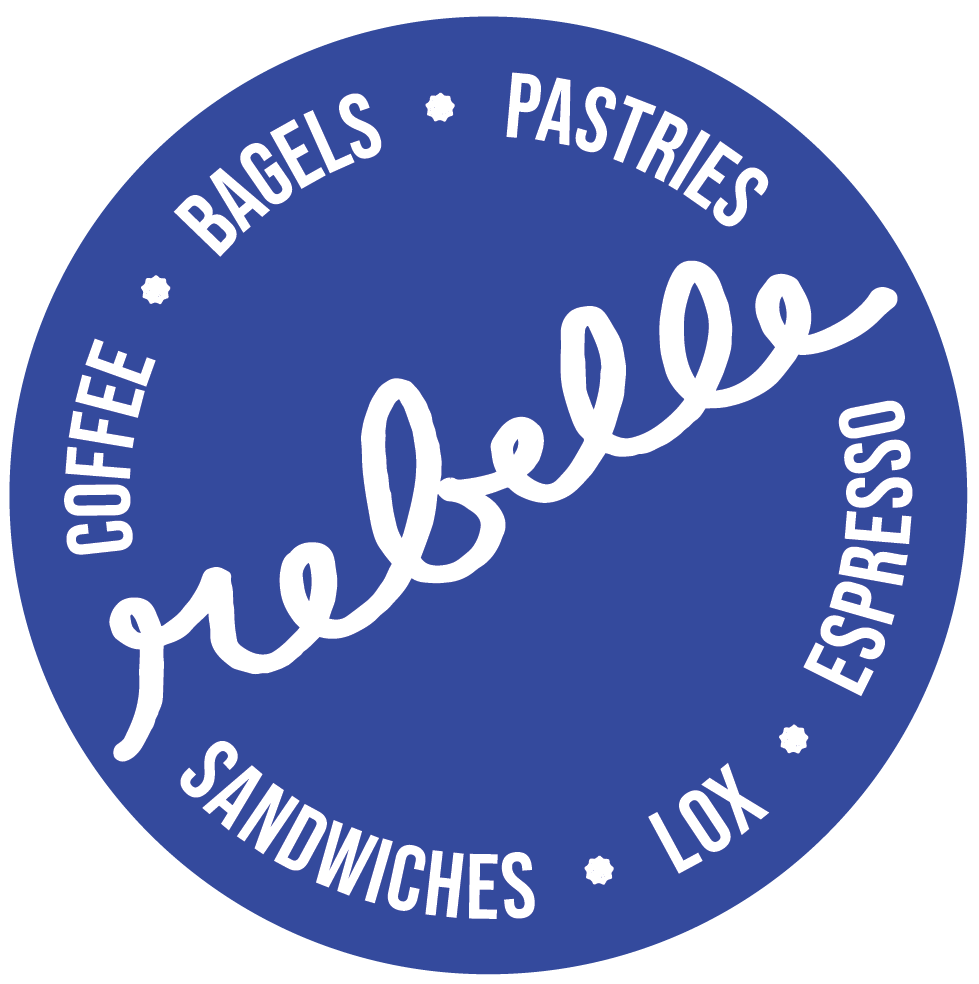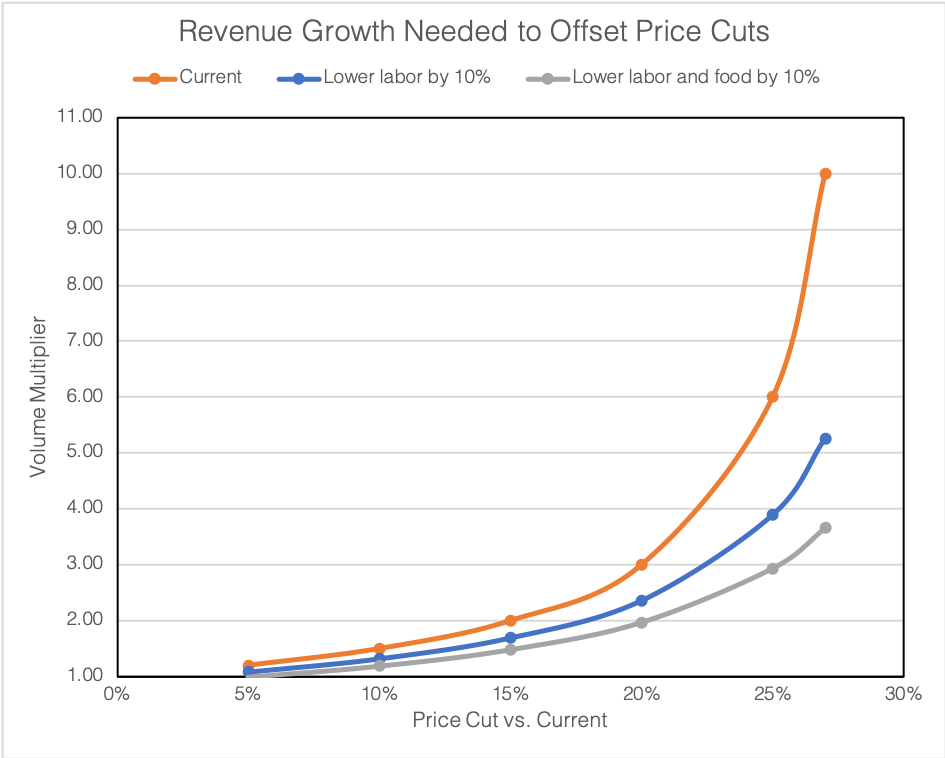One of the first comments we heard when we opened was, “$4 for a bagel with cream cheese?!” Yes, we are aware that our prices are higher than other bagel shops. (I hesitate to say “competition” – our comparison set doesn’t actually include any bagel shops. But that’s a conversation for another day.) I’m here today to make a case for our prices.
When I first dreamed up the idea for Rebelle, my husband Darcy and I visited many bagel shops in PVD and beyond to understand the bagel market. A bagel with cream cheese was about $2.50-3 but, in all honesty, that didn’t buy us a bagel we took pleasure in eating. The flavors in the cream cheese were barely there and the bagels themselves tasted bland and mass-produced. I knew we could give you a better quality experience.
Quality is the product of a trade-off between what people are willing to pay for a product/experience, the cost of producing it, and the business imperative to turn a profit. (Come on guys, we all know why we’re here.) If people are only willing to pay $2.50 for a bagel with cream cheese, the product is designed with that constraint in mind. As far as I know, nobody has cracked the nut on how to do high quality/low price/killer profits/everyone is happy. I think whoever does will be a very, very wealthy person creating a lot of value for our society. Knowing what I know about making and selling bagels, I’d guess that a $2.50 bagel with cream cheese involves some combination of minimum wage/free labor, machines instead of hands, cheap bleached flour, and cream cheese with more stabilizers and emulsifiers than natural dairy fat. For now, I remain confused as to how other businesses make those low prices work. My guess is something or someone suffers in the process.
So how did we land on our prices? We figured out our ingredient costs, factored in labor, and built a healthy cushion for overhead, profit, and the occasional slow day (we have those). We also studied prices at other businesses, analyzed our operations to figure out where economies of scale start and end with respect to labor, and decided to take lower margins on some items and make it up in other items. (Our lox sandwich is the BEST deal on our menu, dollar for dollar, when you factor in all the labor and expensive ingredients.)
By far, the most challenging customer feedback is on price. Some people politely tell us they’d come in more often if prices were lower. Others tell us we’re “outrageously expensive”, “ridiculous”, a “bagel monopoly” (that one is my favorite and I’m taking it as a compliment!) and that it’s unfair they can’t afford to come here every day. I’d be lying if I said I have a great response for this kind of feedback. I have decided we have to be OK with hearing this feedback and not really having a satisfying response for our customers, because our business can’t sustain lower prices and exist in its current form. (I am also going to be candid and say the people who expect us to lower our prices so they can afford the DAILY luxury of having other people make their food are wildly out of touch with reality. Feel free to disagree with me. I’m OK dying on this sword.)
I’m an Excel freak, so of course I built a model to illustrate the impact of lowering prices (see graph). The orange line is representative of our current labor & food costs, and you can see by the way it curves upward that the greater the price cut we want to implement, the greater the volume we have to sell to offset that. To reduce prices by 10%, we’d need to increase our total revenue by 50% JUST to match our current profits. That means we have to make and sell 50% more bagels to end up right where we are today. The gap gets more extreme as the price cut increases to 20%, and if we lowered prices by 30%, our business would be completely unprofitable no matter how many bagels we sell. You can’t volume your way out of zero margin. Thinking beyond the financials, operationally we can’t handle much more volume than we do today. We have a limited production capacity and on weekends we move through customers as quickly as we humanly can. A price drop would effectively lose us money.
Some businesses deal with this pressure to lower prices by cutting food costs (lower quality or eliminate waste) or labor (reduce wages or work with a smaller team). Even if we reduced our food costs by 10% and also reduced our labor costs by 10% we’d still need a 20% volume increase to sustain a 10% price cut (gray line in graph). I shudder at the thought of paying minimum wage and buying cheap cream cheese full of stabilizers. At that point, what’s the point?
Ultimately, you as consumers have the final say on our prices when you choose to visit us. We love that! I am grateful every day that you vote “yes” with your dollar and support what we do. The prices you pay afford us the opportunity to pay our team living wages, to support local coffee roasters and kombucha brewers and kraut & kimchi makers and even flour millers (!), and to offer you sweet little details like a free daily copy of local and national newspapers and actual plates to eat off of. I think that’s worth paying a little bit more.
(And let me leave you with some food for thought: Jamie Coelho, by far my favorite local food writer and friend of Rebelle, did a fantastic write-up for RI Monthly on the true cost of dining out. I hope you will find it enlightening, as I did!)

